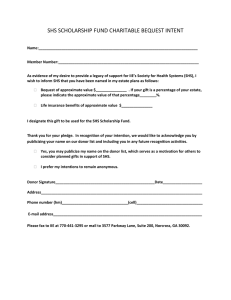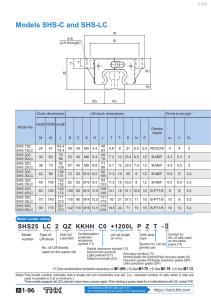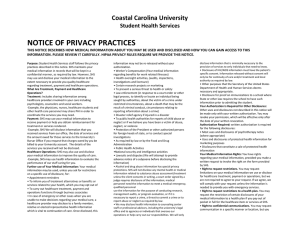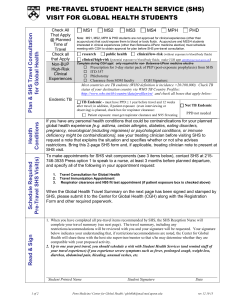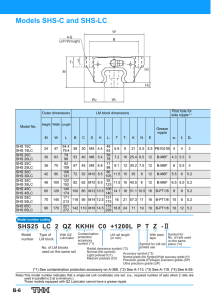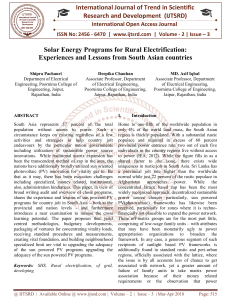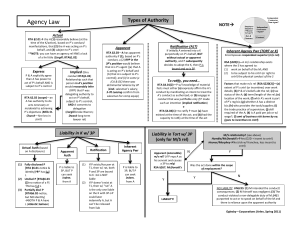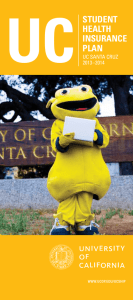Sample Outcomes and Measures Using Student Health Services as an... OUTCOME POSSIBLE COMMENTS
advertisement
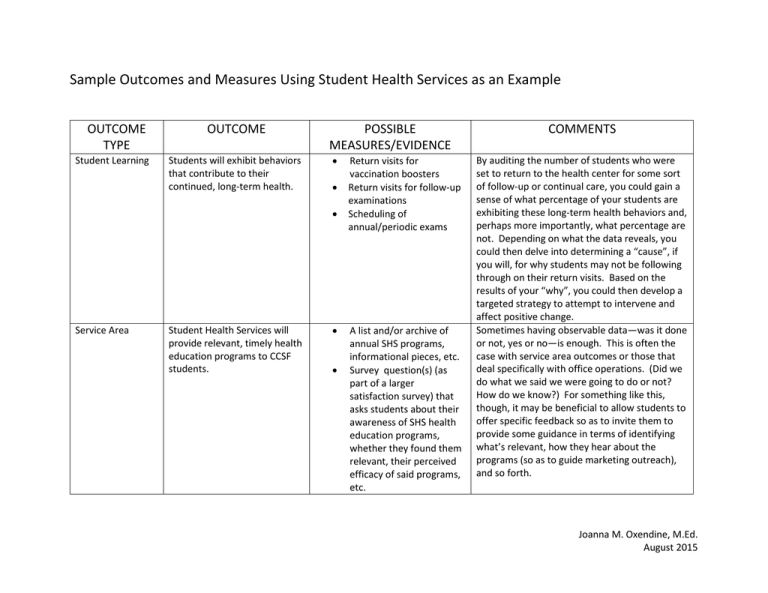
Sample Outcomes and Measures Using Student Health Services as an Example OUTCOME TYPE Student Learning OUTCOME Students will exhibit behaviors that contribute to their continued, long-term health. POSSIBLE MEASURES/EVIDENCE Service Area Student Health Services will provide relevant, timely health education programs to CCSF students. Return visits for vaccination boosters Return visits for follow-up examinations Scheduling of annual/periodic exams A list and/or archive of annual SHS programs, informational pieces, etc. Survey question(s) (as part of a larger satisfaction survey) that asks students about their awareness of SHS health education programs, whether they found them relevant, their perceived efficacy of said programs, etc. COMMENTS By auditing the number of students who were set to return to the health center for some sort of follow-up or continual care, you could gain a sense of what percentage of your students are exhibiting these long-term health behaviors and, perhaps more importantly, what percentage are not. Depending on what the data reveals, you could then delve into determining a “cause”, if you will, for why students may not be following through on their return visits. Based on the results of your “why”, you could then develop a targeted strategy to attempt to intervene and affect positive change. Sometimes having observable data—was it done or not, yes or no—is enough. This is often the case with service area outcomes or those that deal specifically with office operations. (Did we do what we said we were going to do or not? How do we know?) For something like this, though, it may be beneficial to allow students to offer specific feedback so as to invite them to provide some guidance in terms of identifying what’s relevant, how they hear about the programs (so as to guide marketing outreach), and so forth. Joanna M. Oxendine, M.Ed. August 2015


